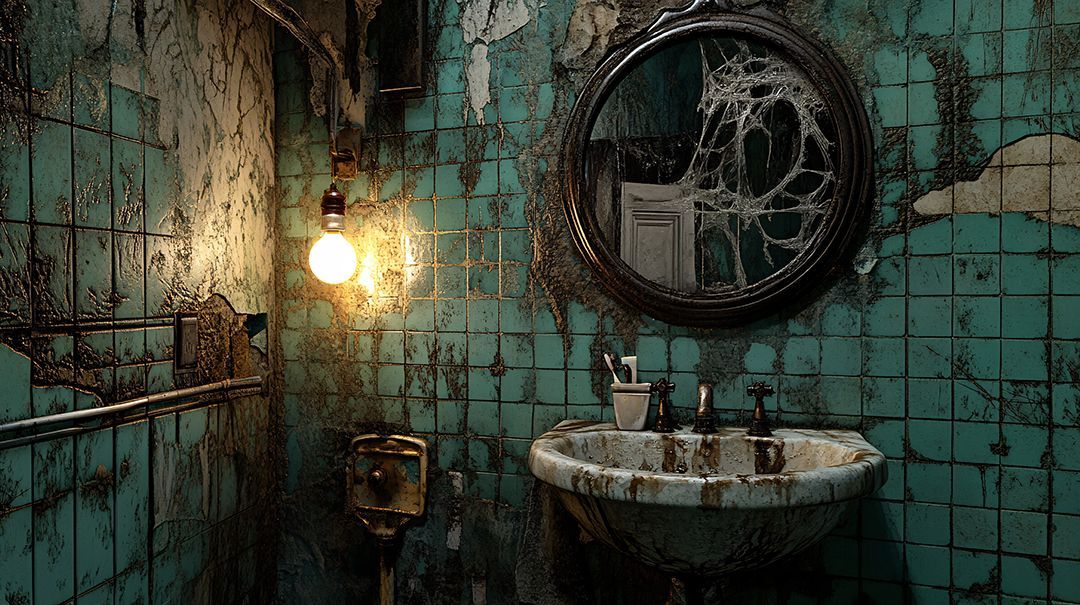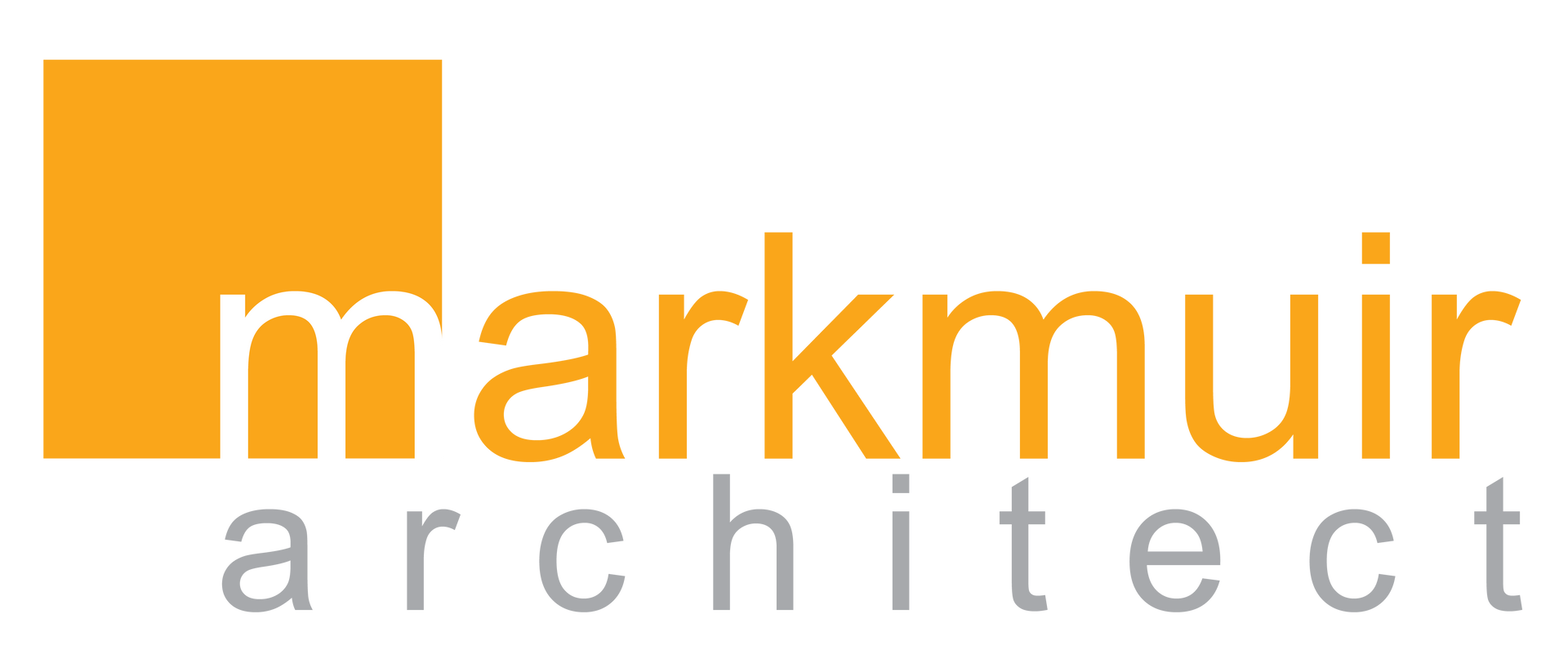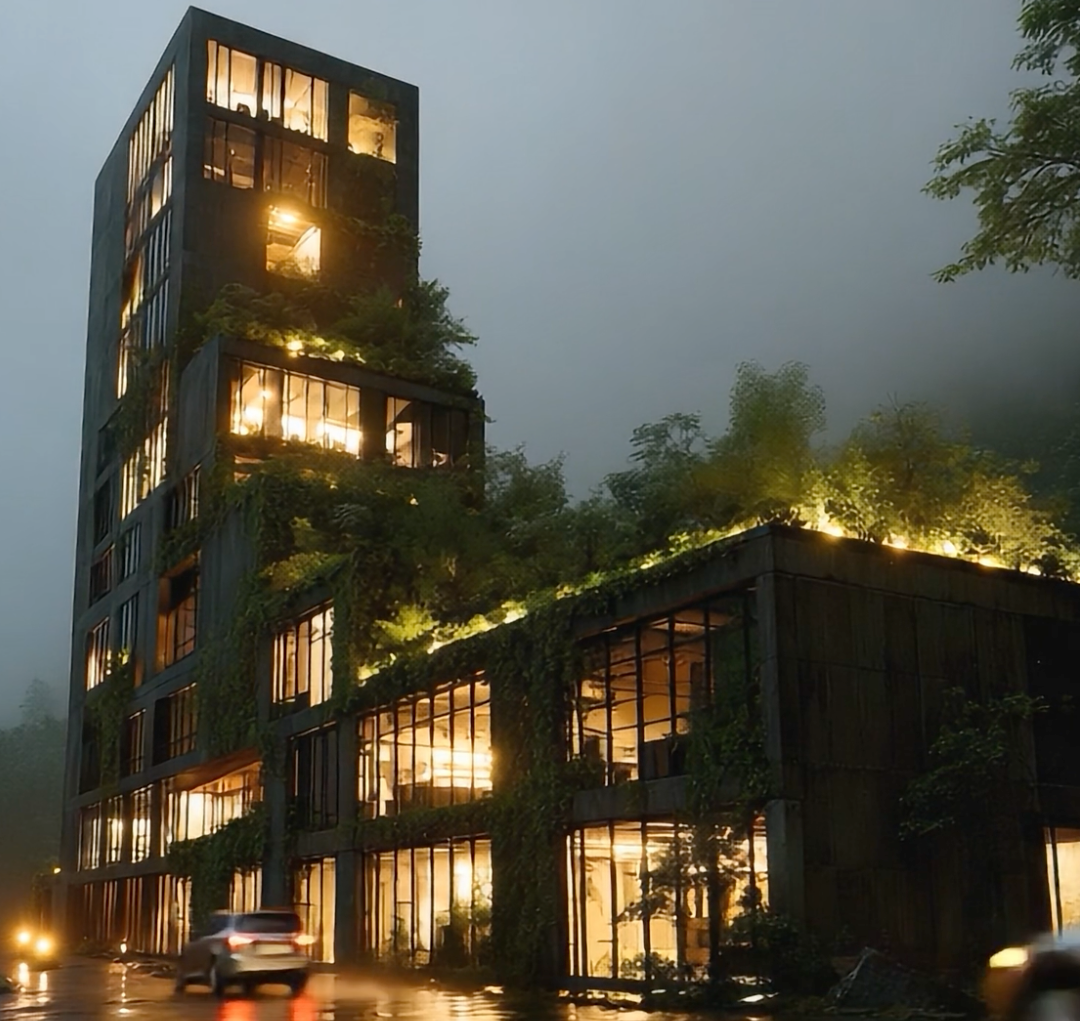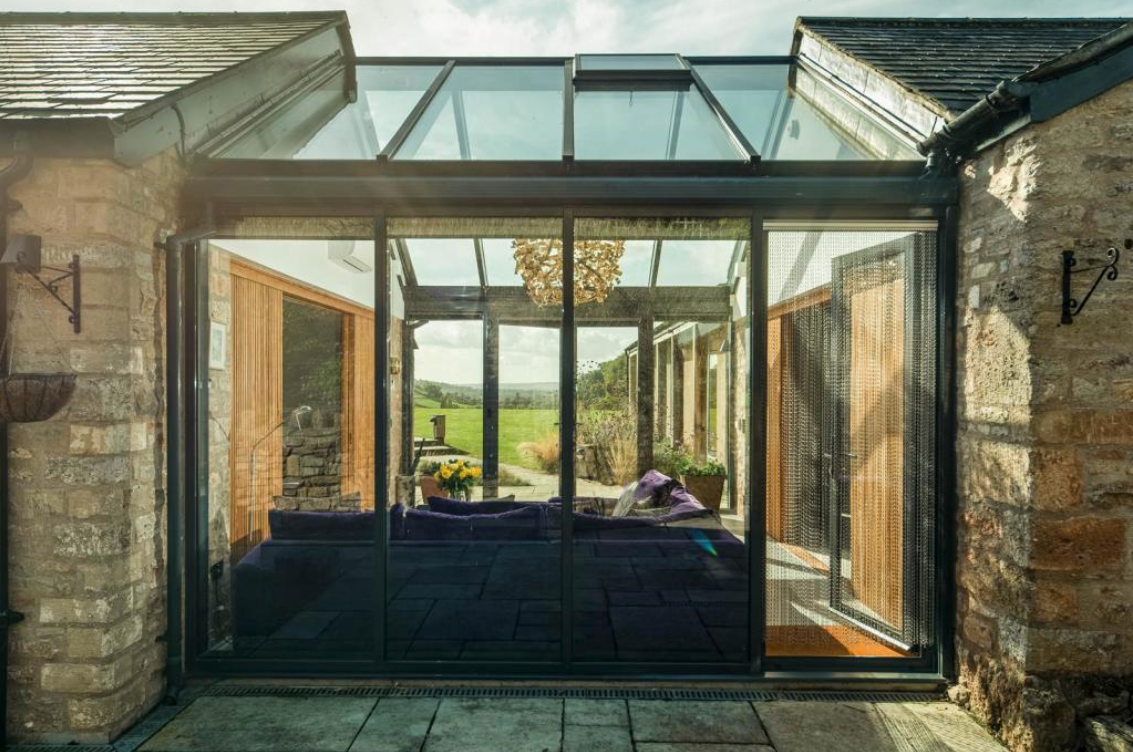Whats Hot On Architecture 2024 No 8
The Impact of 3D Printing on Design Innovation
In the realm of architectural design, the integration of 3D printing technology has catalysed a paradigm shift, empowering architects to explore new frontiers of creativity and functionality.
Two distinct examples come to mind that highlight the transformative potential of this revolutionary tool.
The Silk Pavilion, a collaborative project led by architect Neri Oxman and the Mediated Matter Group at the MIT Media Lab, epitomises the fusion of nature-inspired design and cutting-edge fabrication techniques.
By harnessing the innate spinning abilities of silkworms and combining them with advanced 3D printing technology, the team created a stunning architectural installation characterised by its intricate form and sustainable construction methods.
The Silk Pavilion not only showcases the aesthetic possibilities of 3D printing but also underscores its potential to redefine the relationship between architecture, biology, and technology.
On a more conventional scale, the use of 3D printing in modular construction exemplifies its capacity to revolutionise the way we approach building design and implementation.
By leveraging prefabricated components manufactured with precision through additive manufacturing processes, designers can expedite construction timelines, minimise material waste, and enhance project efficiency.
This approach has been exemplified in projects like the Apis Cor's 3D-printed house in Russia, where a complete residential structure was erected in just 24 hours, showcasing the rapid advancements in 3D printing technology and its applicability to mainstream construction practices.
As architects, we are at the forefront of a transformative era, where innovation and imagination converge to shape the future of our built environment.
Want to unlock a whole new world of possibilities! Let talk....https://bit.ly/Complimentary20Chat 😎










